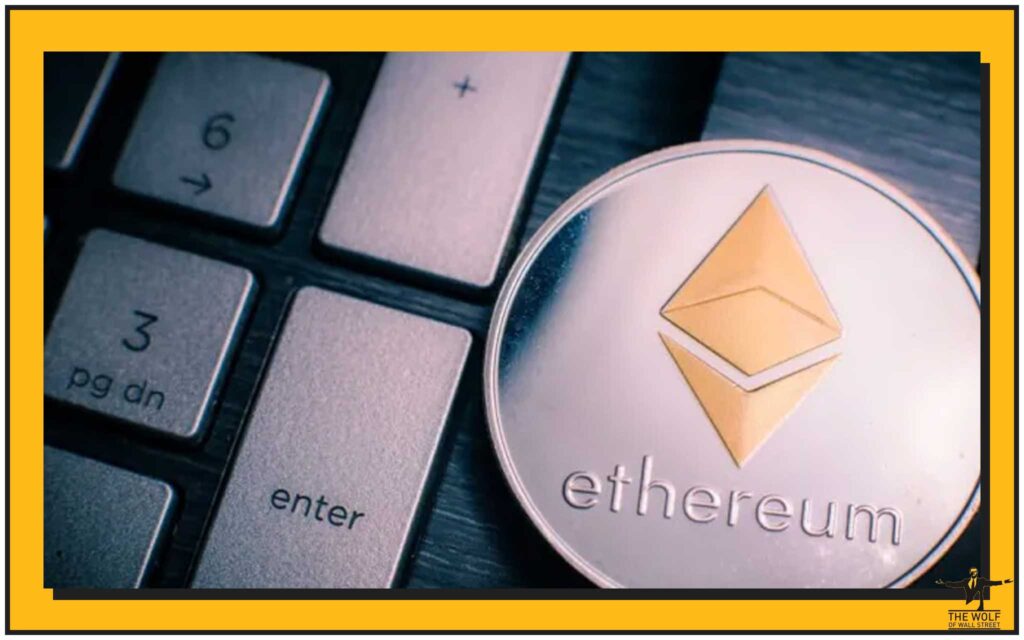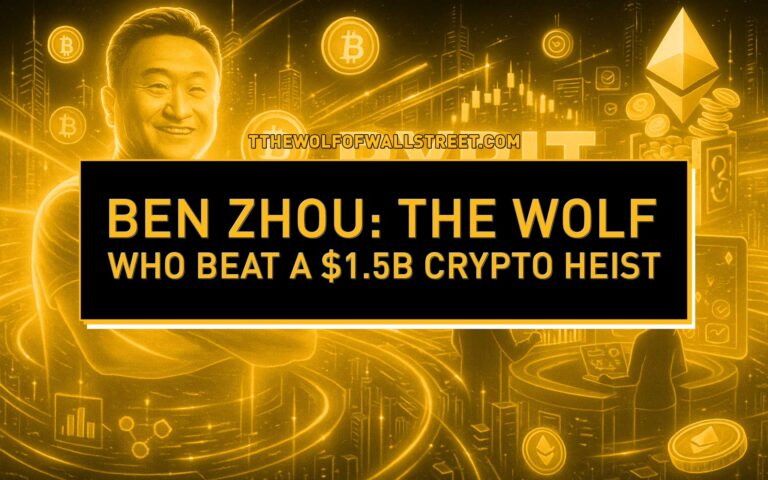Introduction
Bitcoin is under fire — again. This time, it’s not about regulatory crackdowns or market crashes. It’s about spam. Yes, you heard that right. Bitcoin’s network is being choked by a flood of non-monetary data, raising concerns about network efficiency, rising fees, and the true purpose of Bitcoin as a financial asset.
Enter Saifedean Ammous, author of The Bitcoin Standard, who’s throwing his weight behind a proposal to fund a developer specifically to make spamming more costly. But not everyone’s on board. Adam Back, CEO of Blockstream, warns that combating spam is an endless “arms race.”
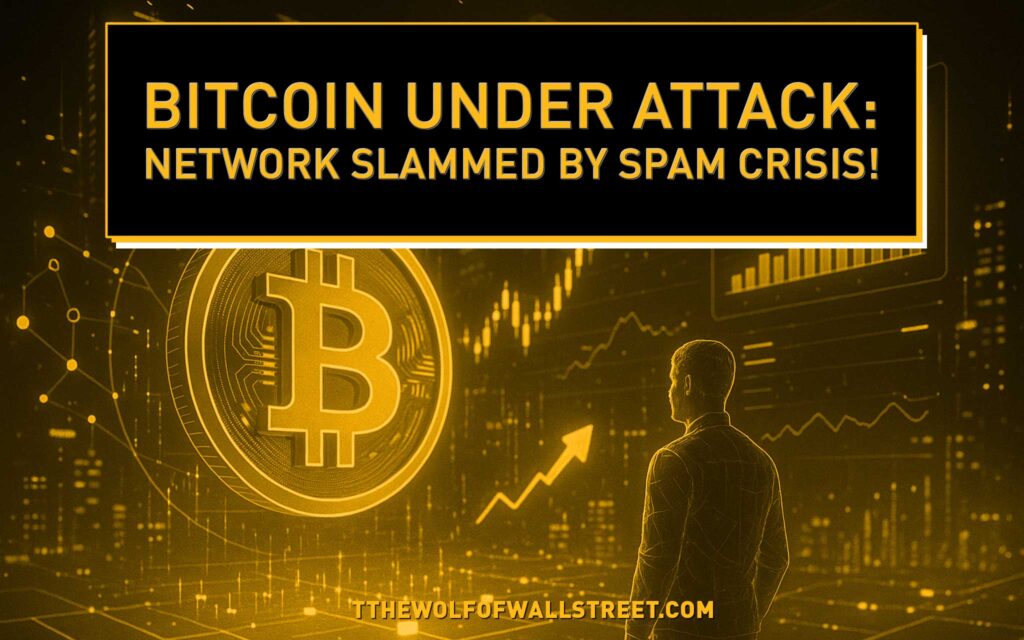
So, what’s really going on in the Bitcoin network? And what does it mean for traders, developers, and the broader cryptocurrency community? Let’s break it down.
🚀 What is Bitcoin Network Spam?
Bitcoin spam refers to non-monetary data clogging up the blockchain, leading to higher transaction fees and slower processing times. Essentially, it’s unwanted data taking up valuable block space that could otherwise be used for legitimate transactions.
Examples of Bitcoin Spam:
- JPEGs, memes, and other non-transactional data stored in Bitcoin blocks
- Inscriptions (akin to NFTs on Bitcoin) that inflate block sizes without adding monetary value
- Malicious transactions aimed at bloating the blockchain
Historical Context:
This isn’t the first time Bitcoin has faced a spam problem. In 2017, the Bitcoin Cash fork was driven by similar concerns over network congestion. Today, the debate has evolved, with inscriptions becoming the latest battleground.
Why should you care? Simple. Spam means higher transaction fees, slower processing, and a potentially unstable network — a nightmare for traders and hodlers alike.
🛠️ The Rise of Inscriptions and Blockchain Bloat
So, what’s causing all this commotion? One word: inscriptions.
What Are Inscriptions?
Inscriptions are essentially data stored in Bitcoin’s OP_RETURN field. Think of it as a memo field where you can embed text, images, or other data. Originally intended for small notes or payment references, OP_RETURN has morphed into a storage locker for anything from JPEGs to full-blown NFTs.
Impact on Bitcoin Block Size:
According to Mempool Research, Bitcoin’s average block size has surged from 1.5 MB to as high as 4 MB due to these inscriptions. And as more data gets crammed into each block, the network slows down, fees skyrocket, and traders get squeezed.
💡 Saifedean Ammous vs. Adam Back: The Debate Over Inscription Filtering

This is where things get heated.
Saifedean Ammous wants to fund a developer to make spamming prohibitively expensive. His argument? Bitcoin should be reserved for financial transactions, not digital clutter. If people want to store JPEGs, let them do it on Ethereum or other chains built for that purpose.
Adam Back, however, disagrees. He warns that filtering spam is like playing whack-a-mole. For every spam filter you create, a new attack vector emerges. And when it comes to Bitcoin — a supposedly censorship-resistant network — the line between “spam” and “legitimate data” gets blurry.

📉 Implications of Spam on Bitcoin Users
Here’s where the rubber meets the road. Network congestion isn’t just a developer issue — it hits traders right in the wallet.
Impacts on Average Users:
- Higher Fees: With more data competing for limited block space, transaction fees spike.
- Slower Transactions: Block sizes increase, processing slows down.
- Network Instability: Spammers could potentially flood the network, causing delays and disruptions.
For traders operating on slim margins, these increased fees and slower processing times are more than just a nuisance — they’re a financial threat.
🧐 The Technical Debate: Filtering vs. Network Neutrality
The technical aspect of this debate revolves around OP_RETURN — the field used for inscriptions.
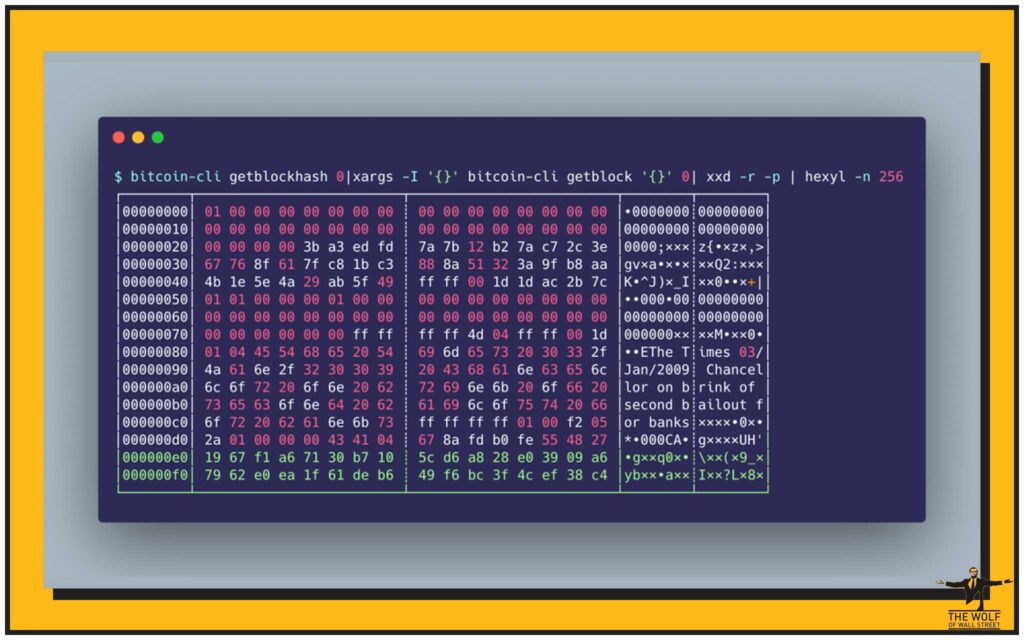
Arguments for Filtering:
- Protect Network Integrity: Prevents spam from overwhelming Bitcoin blocks.
- Reduce Fees: More space for legitimate transactions.
- Maintain Monetary Focus: Keeps Bitcoin as a pure financial asset.
Arguments Against Filtering:
- Censorship Concerns: What counts as spam, and who decides?
- Developer Burden: Constantly updating filters is resource-intensive.
- Network Neutrality: Bitcoin was designed to be neutral and open — filtering goes against that ethos.
🌐 Lessons from Other Networks: Ethereum and Email Spam
Bitcoin isn’t the only network dealing with spam.
- Ethereum: Infamous for gas fee spikes during NFT booms.
- Email: Spam filters evolved into AI-powered algorithms — but spam persists.
- Takeaway: Filtering is a never-ending battle, and the more aggressive the filter, the more sophisticated the spam.
💼 The GrassFedBitcoin Proposal: A New Path Forward?
GrassFedBitcoin’s proposal is simple: Hire a developer to make spam costly. The logic is straightforward — if spammers have to pay more to bloat the network, fewer will bother.
But here’s the kicker: Who defines what constitutes “spam”? And how do you ensure legitimate transactions don’t get caught in the crossfire?
🔍 Breaking Down Pull Request #28408: What’s Next?
Pull request #28408 is the latest attempt to implement spam filters on Bitcoin. Currently under review, it proposes specific measures to detect and mitigate inscription spam.
If approved, it could significantly reduce network congestion. But the proposal is contentious — and many developers worry about potential unintended consequences.
🔥 The Broader Implications for Crypto Markets
Bitcoin’s spam debate isn’t happening in a vacuum. If Bitcoin implements aggressive filtering, other networks may follow suit.
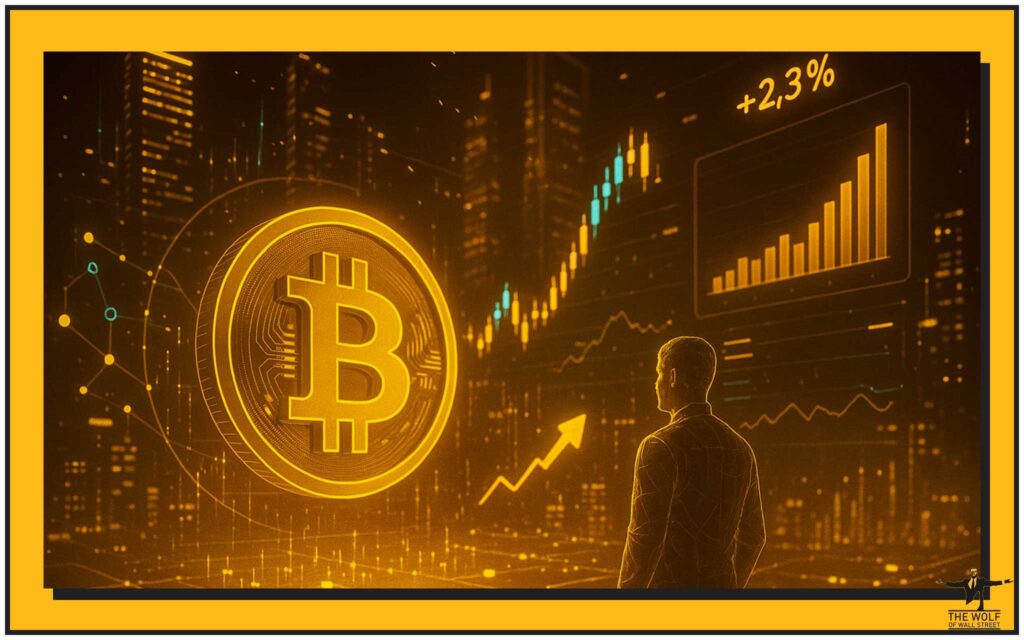
For DeFi platforms and NFTs, this could mean higher costs and stricter data limits. For Layer 2 solutions, it presents a new opportunity to absorb overflow data and keep the base layer free from congestion.
🤝 How the The Wolf Of Wall Street Crypto Trading Community Empowers Traders
Navigating these market disruptions is no easy feat. That’s where The Wolf Of Wall Street steps in:
- VIP Signals: Maximise profits with proprietary trading signals.
- Expert Analysis: Get insights from seasoned traders.
- Private Community: Join 100,000+ like-minded traders for exclusive tips.
- 24/7 Support: Real-time assistance whenever you need it.
🔗 Visit The Wolf Of Wall Street
🔗 Join the Telegram Community
For traders looking to stay ahead of network congestion and capitalise on market opportunities, The Wolf Of Wall Street offers the tools and insights to navigate these volatile waters.

✅ How to Stay Updated and Get Involved
- Follow the debate on GitHub: Pull Request #28408
- Join Bitcoin developer discussions on Telegram
- Monitor fee rates on Mempool.space
- Read more insights in our Trading Insights section.
Conclusion: The High Stakes of Bitcoin’s Spam Battle
Bitcoin’s spam debate isn’t just about technical bloat — it’s about the very nature of the network. Will Bitcoin remain a lean, financial powerhouse, or will it morph into a bloated data repository?
The outcome will shape the future of not just Bitcoin, but the entire crypto ecosystem. Stay tuned, stay informed, and if you’re trading, stay protected.
✅ FAQs: Bitcoin Network Spam Debate
1. What is Bitcoin network spam?
Bitcoin network spam refers to non-financial data that clogs the blockchain, such as JPEGs, inscriptions, and other non-transactional data, leading to higher fees and slower transaction processing.
2. Why is Bitcoin facing a spam problem now?
The rise of inscriptions — data embedded in Bitcoin blocks using the OP_RETURN field — has led to larger block sizes and increased network congestion, making spam a growing concern.
3. What is Saifedean Ammous proposing to combat spam?
Saifedean Ammous supports funding a developer to implement filters that make spam more costly, ensuring Bitcoin remains a financial asset rather than a data storage solution.
4. How does Adam Back view the spam debate?
Adam Back believes that spam filtering is a continuous “arms race,” with spammers always finding new ways to bypass filters, potentially undermining Bitcoin’s neutrality.
5. How can traders mitigate the impact of spam on Bitcoin transactions?
Traders can join communities like The Wolf Of Wall Street to access expert analysis, VIP trading signals, and real-time market insights to navigate network congestion and capitalise on market opportunities.

